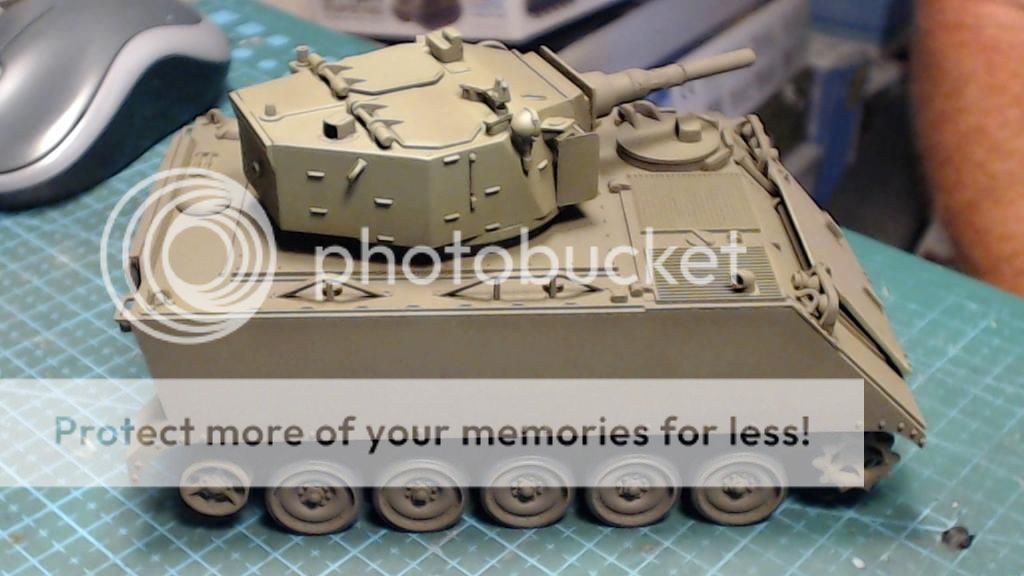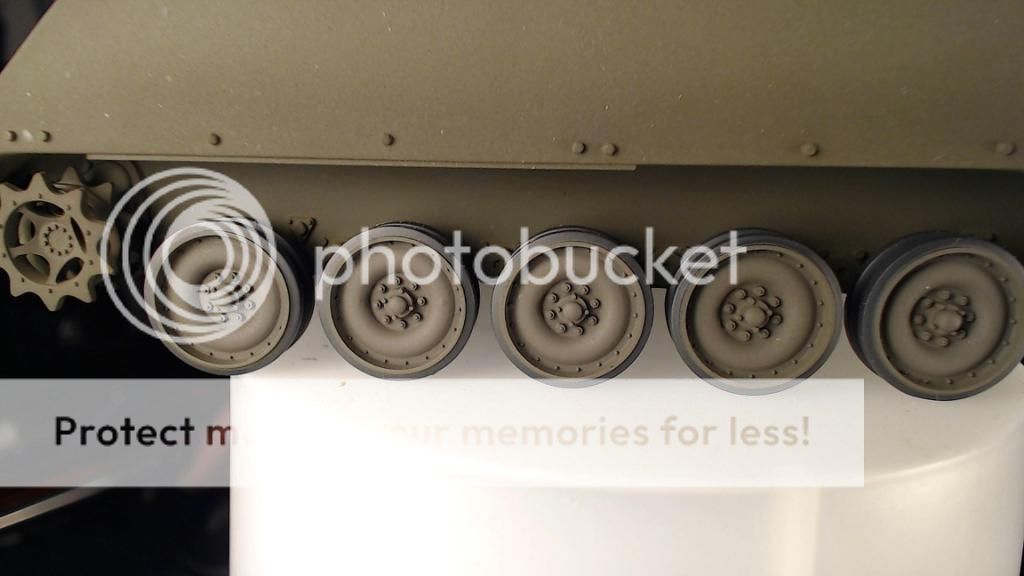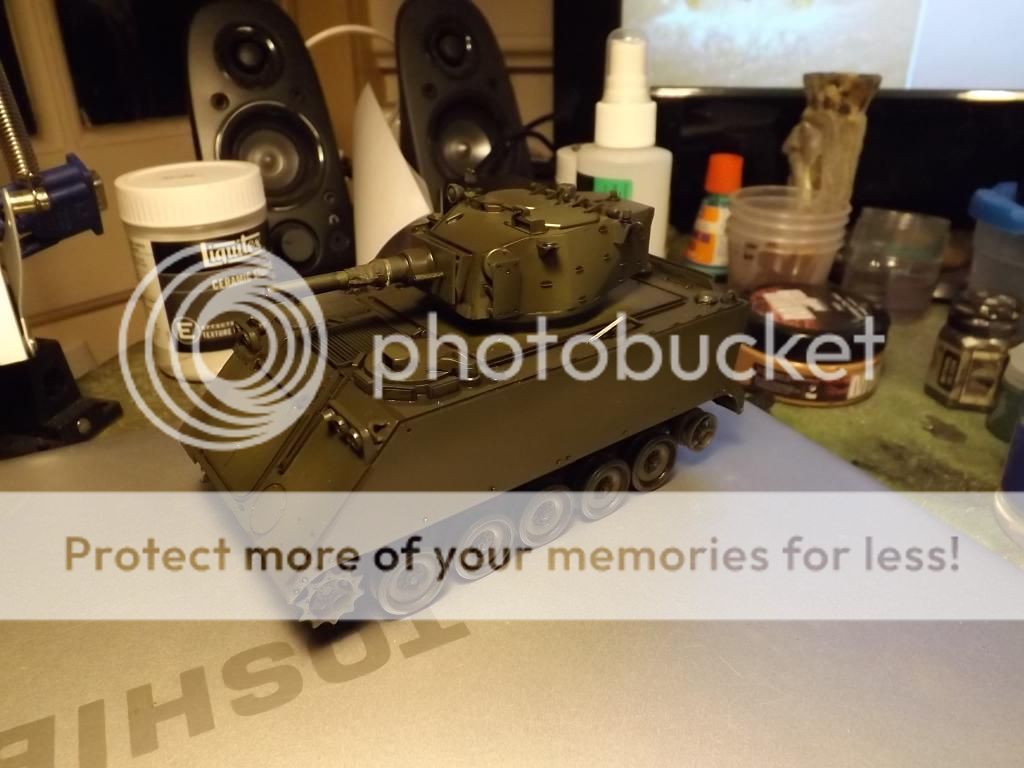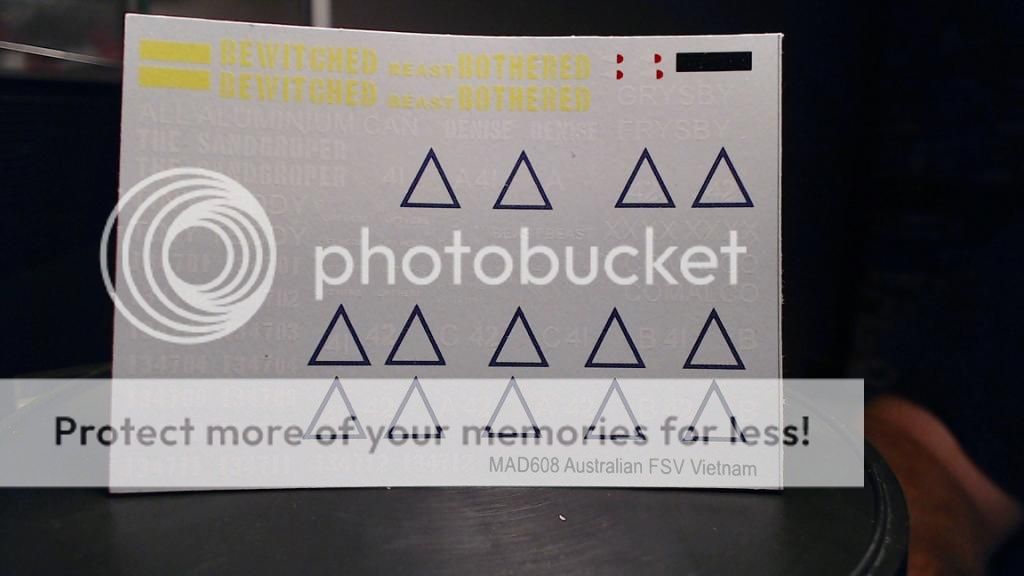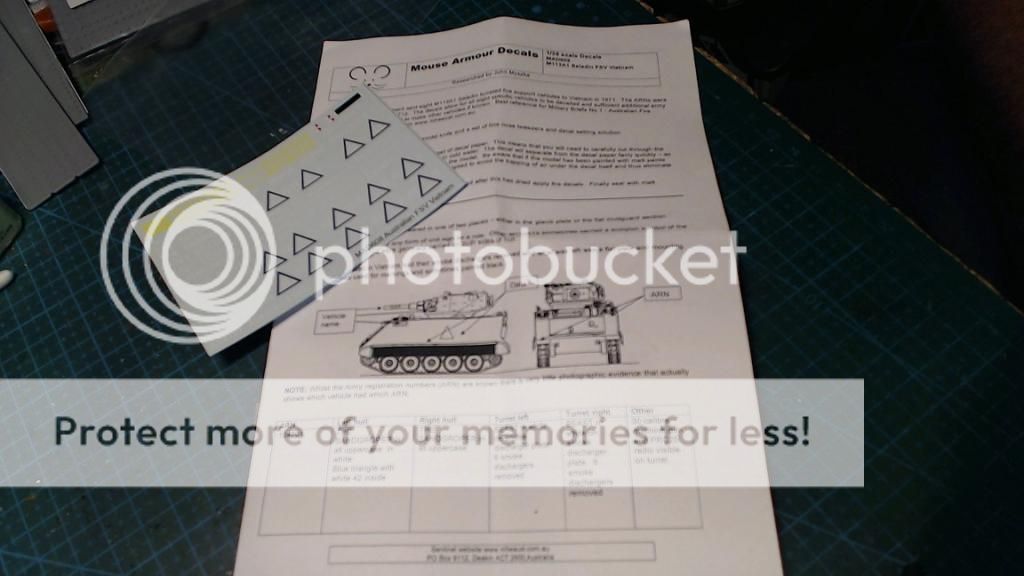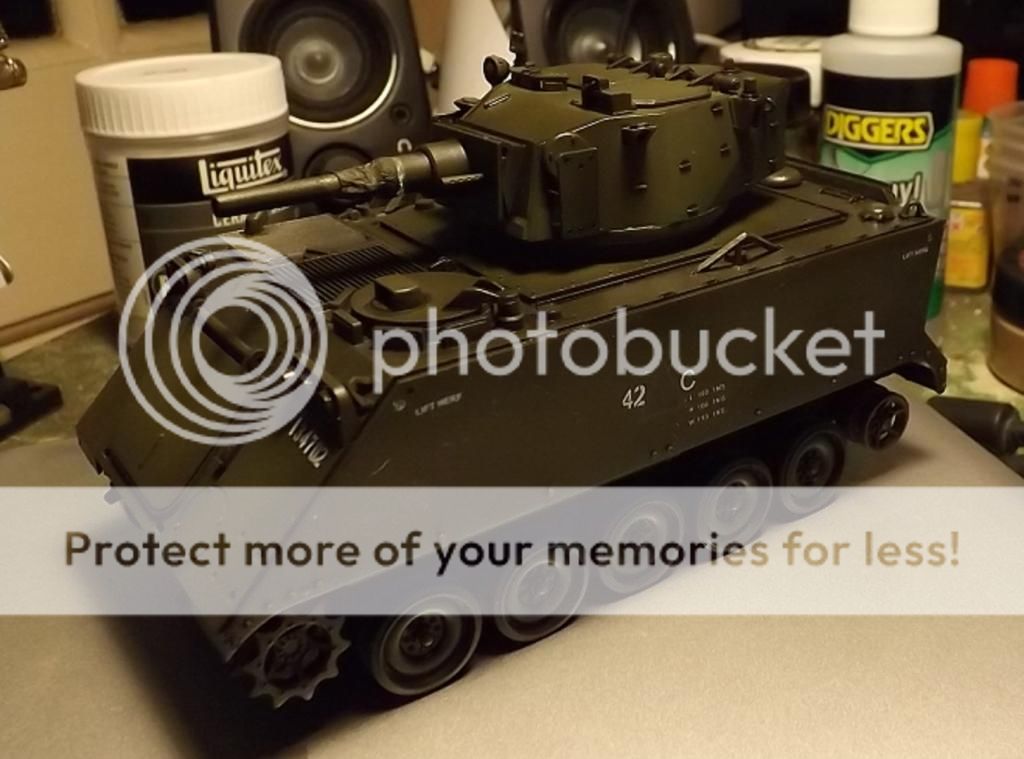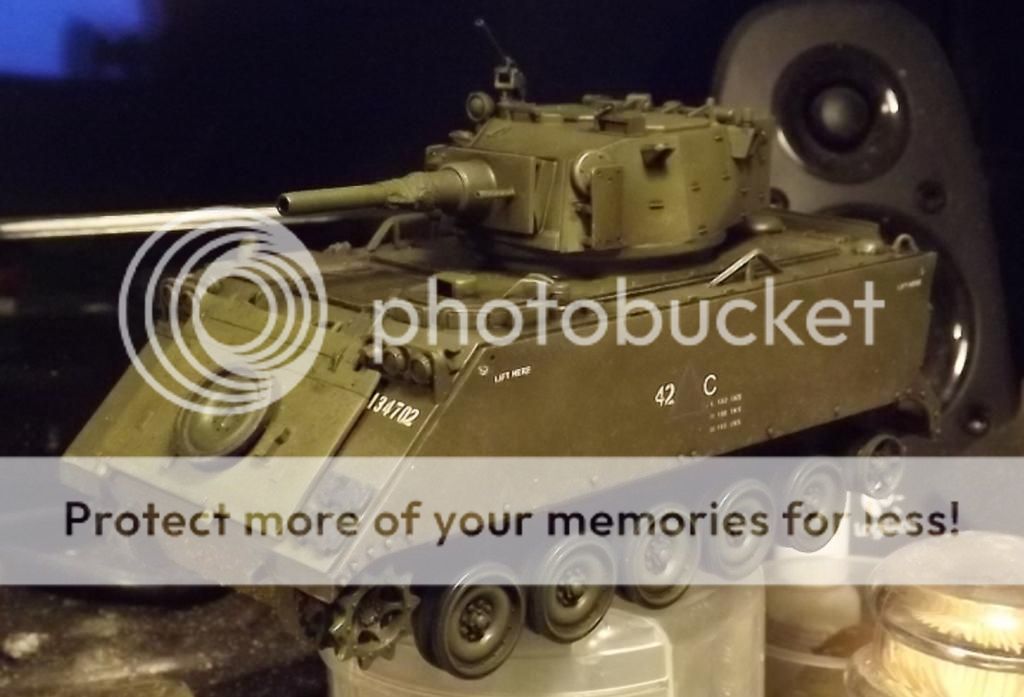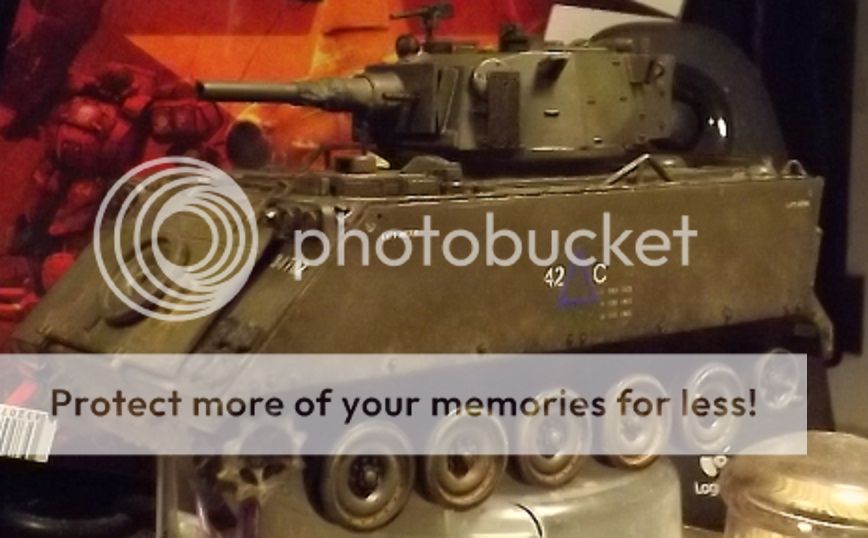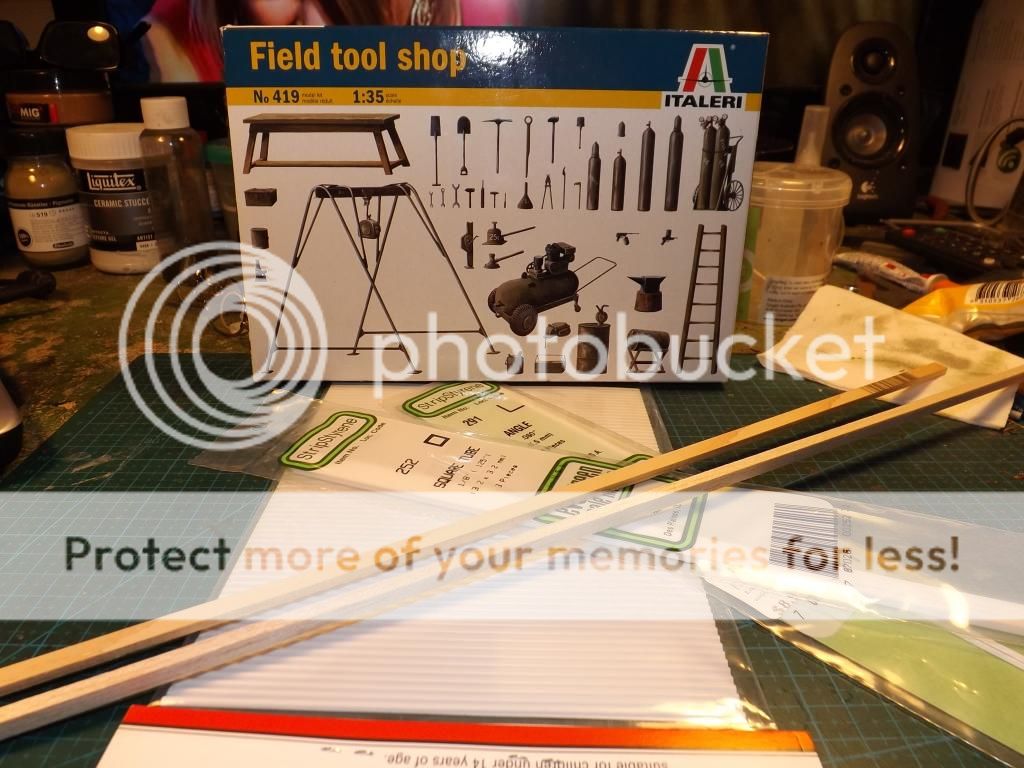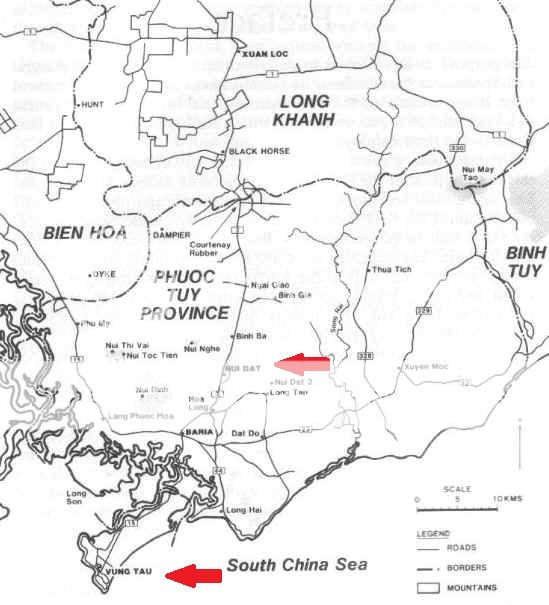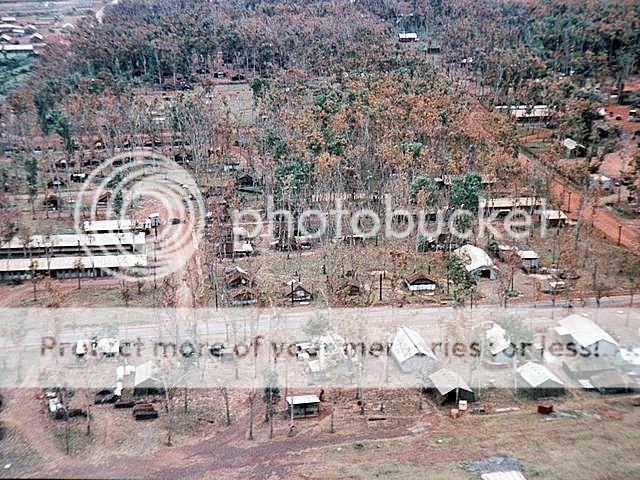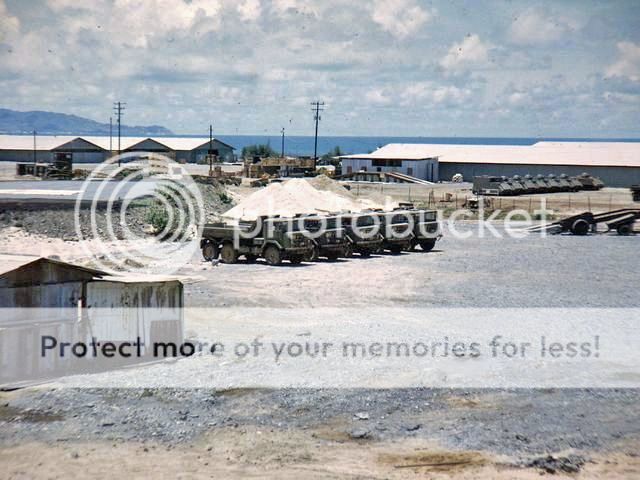The M113 Armoured Personnel Carrier (APC) is a tracked vehicle capable of travelling on roads and across country, including rough terrain and through jungle. The M113 also has limited amphibious capabilities. The vehicle has a crew of two – a driver and crew commander – and has the capacity to carry up to ten passengers. A ramp at the rear of the vehicle allows passengers and crew to enter or exit the vehicle quickly. When the ramp is closed, a door set into the ramp can be used to access the interior of the vehicle.
Designed and built in the United States in the late 1950s, the M113 was introduced into service with the US military in 1960. The improved, diesel powered M113A1 was purchased in 1964 by the Australian government and the first vehicles began to arrive in Australia in 1965. The M113A1 has been employed by a variety of units, including armoured and infantry. This vehicle type has been used operationally in South Vietnam, Somalia, Rwanda, and East Timor.
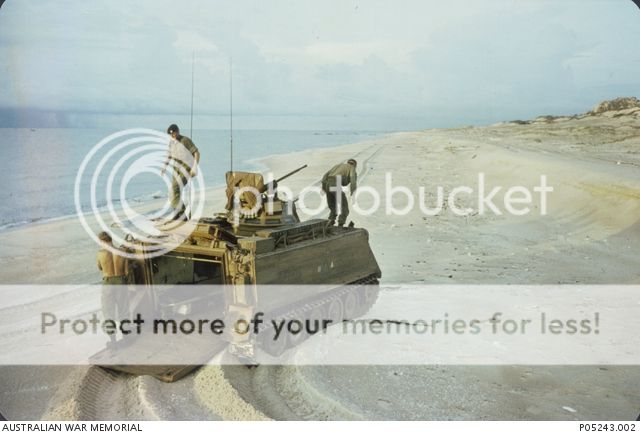
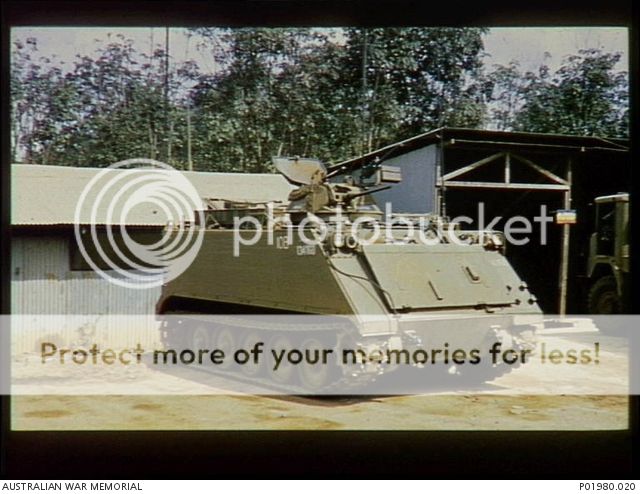
The first Australian APCs to arrive in South Vietnam were from 1 APC Troop, a reduced troop of ten M113A1 APCs from A Squadron, 4th/19th Prince of Wales's Light Horse Regiment, which arrived at Vung Tau on 8 June 1965. Initially armed with an M2HB .50-calibre machine-gun, the M113A1 was soon fitted with a protective armour shield to provide protection for the otherwise exposed crew commander. The shields proved to be of limited value, and in the second half of 1966 some of the APCs deployed to South Vietnam were modified by fitting Model 74C command cupolas, made by Aircraft Armaments Incorporated. Only 20 Model 74C cupolas were purchased, of which 19 were sent to South Vietnam.


Permanent improvements were made with the introduction of the Cadillac Gage T-50 (Aust) turret, which could be fitted with either a .50 calibre machine-gun and .30 calibre machine-gun combination, making the vehicle an LRV, or twin .30 calibre machine-guns in the APC. Only the APC and LRV variants were fitted with the turret: all other variants within the family of vehicles retained the flex-mounted commanders machine-gun. By the end of the Vietnam commitment, or soon afterwards, the armament on the APC/LRV was standardised with a .50/.30 combination.
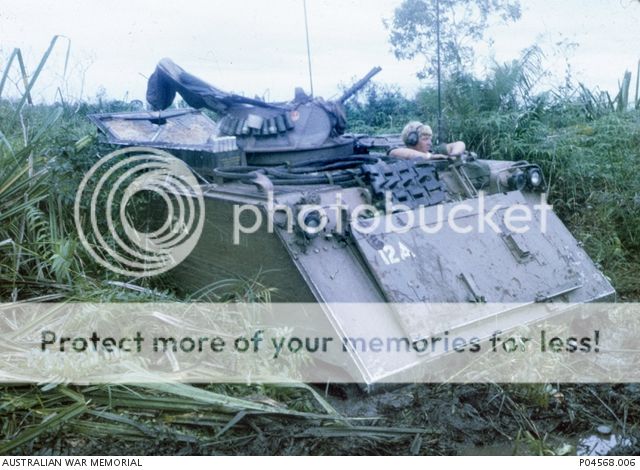
The Australian Army operated over 700 M113s, including variants such as light reconnaissance and armoured bridge layer vehicles which were developed using experience gained during the Vietnam War. An especially notable variant was the M113 FSV (Fire Support Vehicle). The M113 FSV was essentially an M113A1 fitted with the turret from a Saladin armoured car which was being phased out of Australian service. It was powered by the same GMC V6 diesel engine and was also equipped with the same drivetrain. Although the addition of the turret increased the vehicle turret to 12 tons and affected cross countrty peformance, its top speed was still approximately 60Km/h.
The turret's main armament was a 76mm cannon with an elevation range of -10 degrees to 20 degrees. This weopon was capable of providing covering fire for assaults and engaging armoured vehicles with HE (High Explosive) and HESH (High Explosive Squash Head) shells respectively. There were also two 7.62mm machine guns, one mounted coaxially and the other mounted on top of the turret.
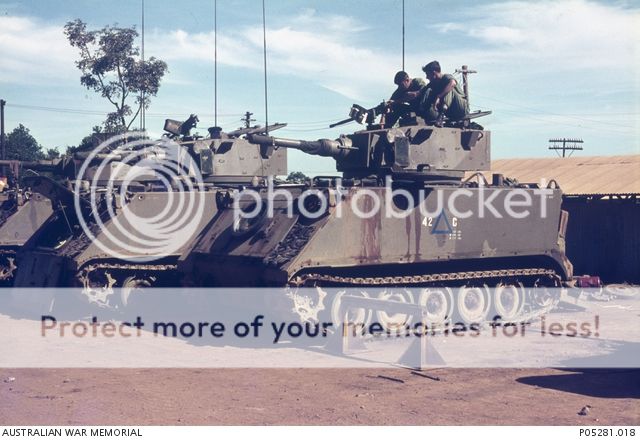

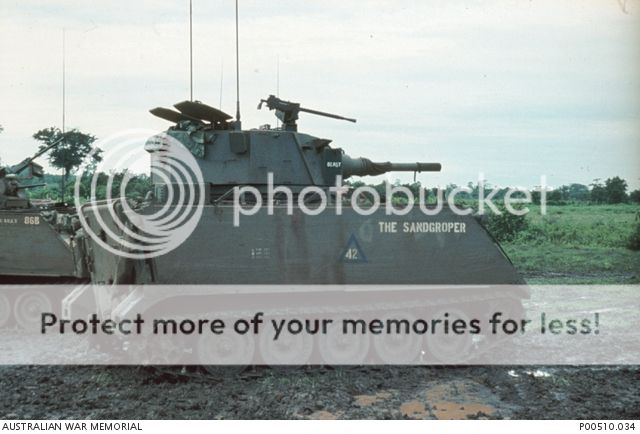
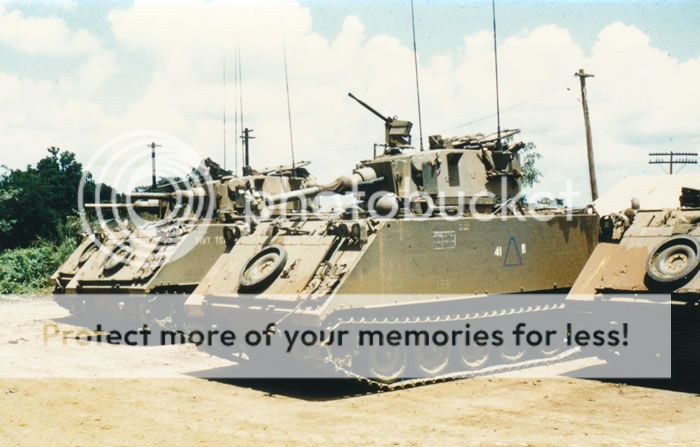
Specifications
M113A1 Armoured Personnel Carrier (APC)
Armament: .50 calibre and .30 calibre machine-guns
Armour: 12–38 mm
Crew: 2 + 10 passengers
Power plant: GMC V6 diesel
Speed (max.): 66 km/h
Length: 4.87 m
Height: 2.41 m
Width: 2.69 m
Weight: 10.5 t

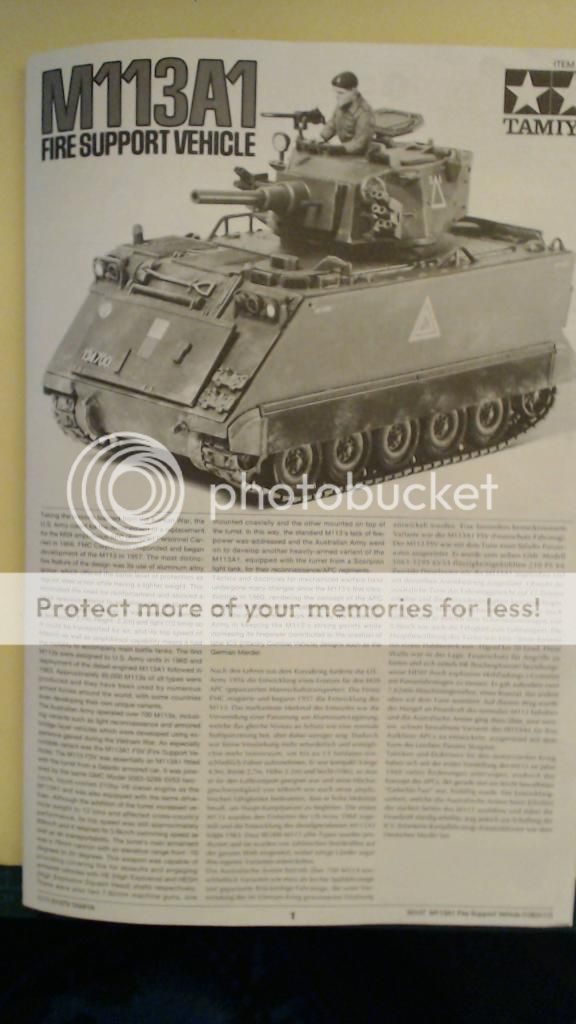
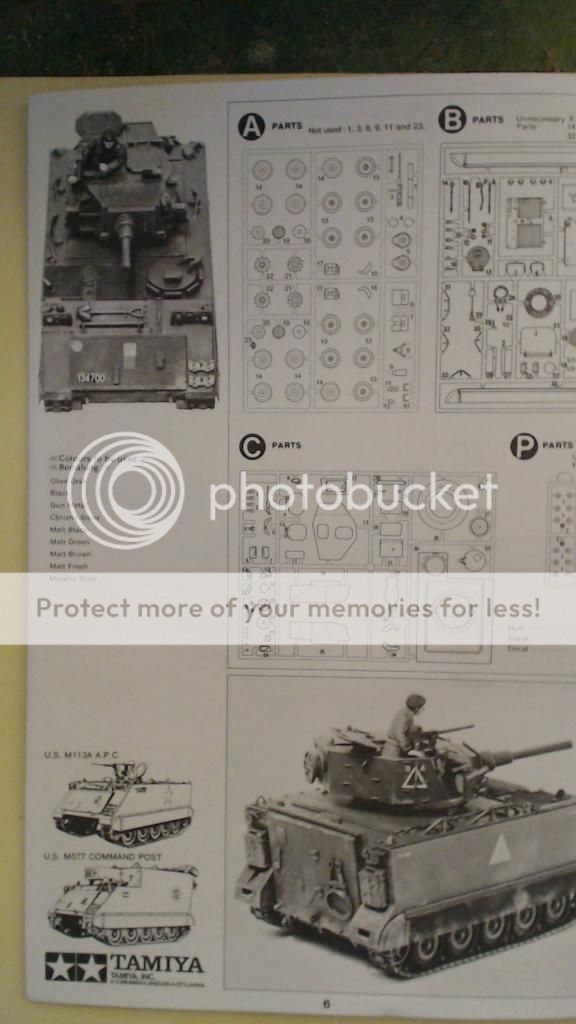
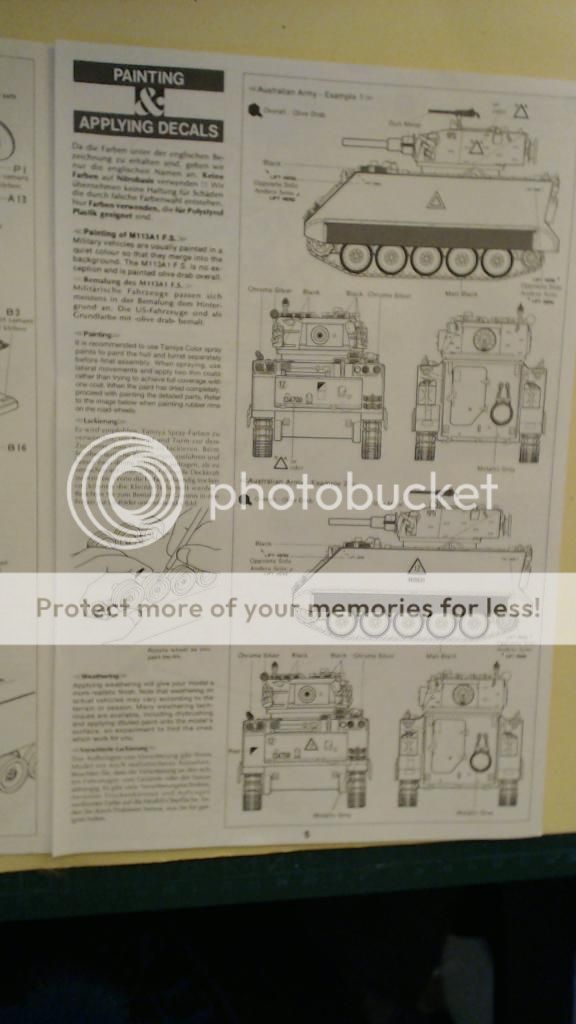
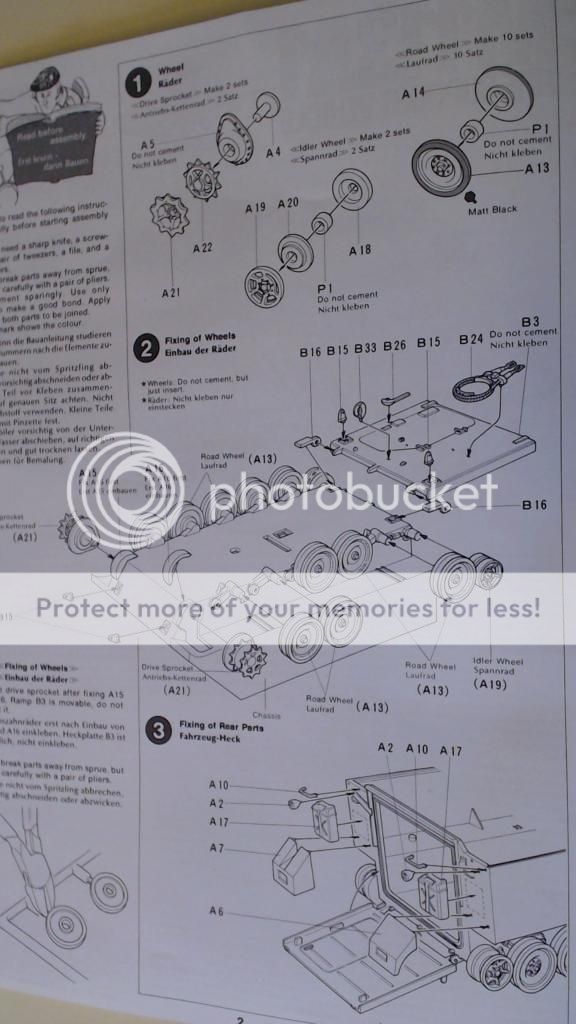



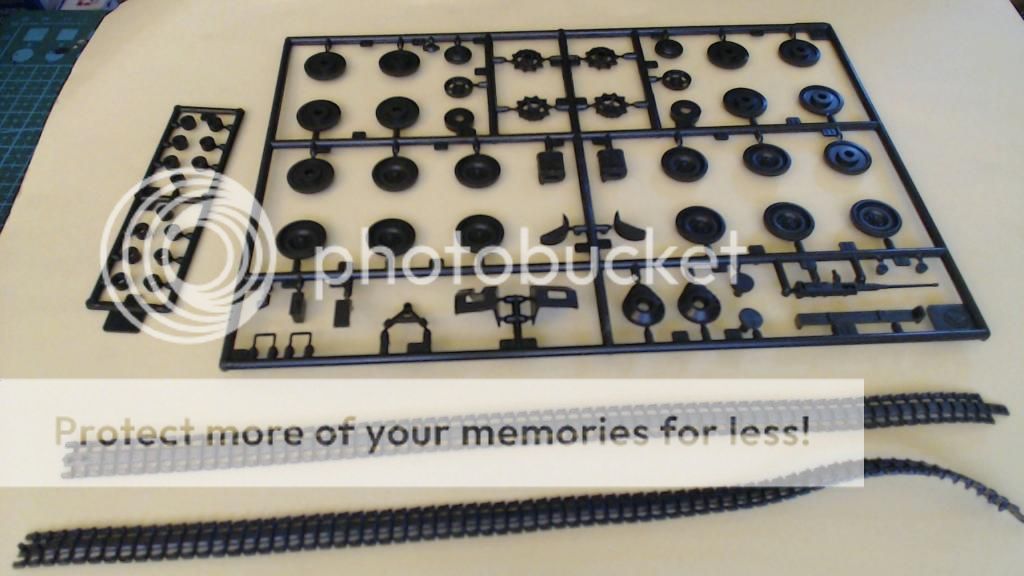













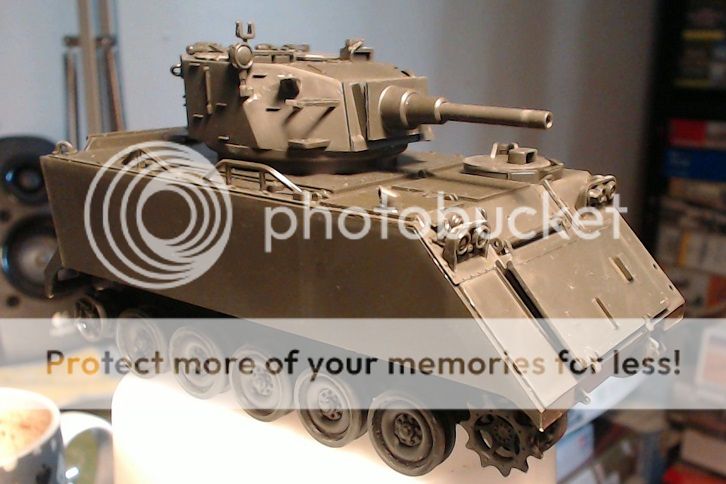
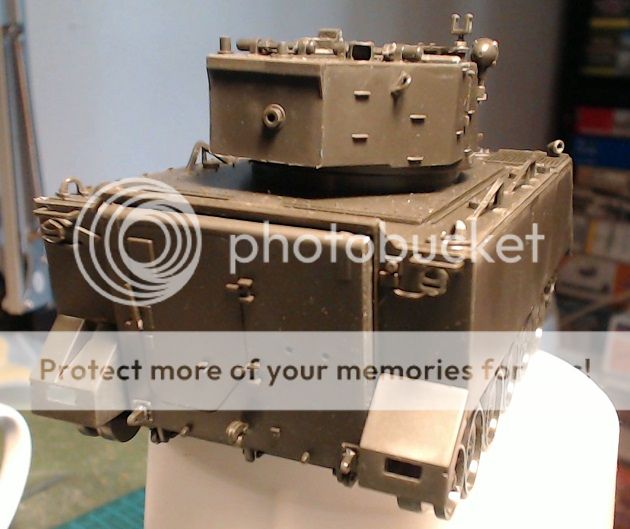










Love all the mods you're doing, you've a great eye for detail!


